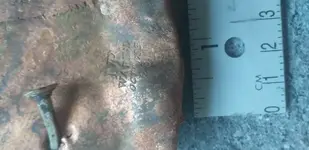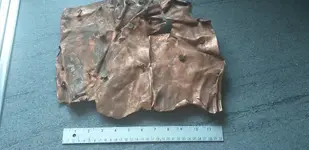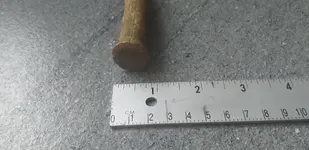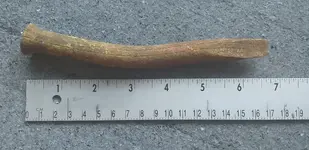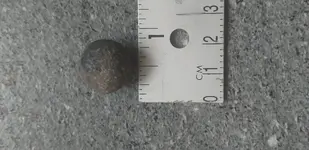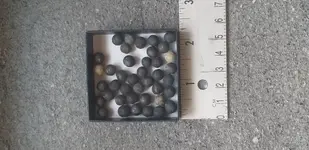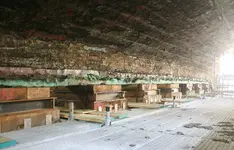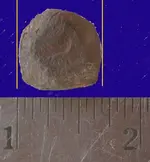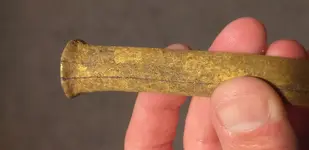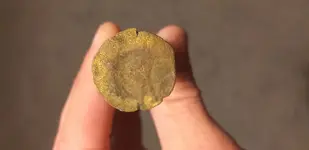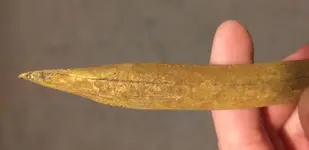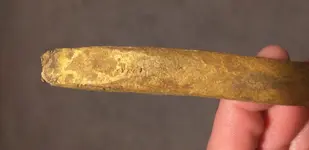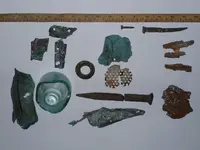Small Adventures
Full Member
- #1
Thread Owner
Hi.
I recently found the site of a couple of ship wrecks and have found quite a few interesting things.
I was wondering if there was anyone in this forum who knows anything about the makers stamp and the brass spike.
I recently found the site of a couple of ship wrecks and have found quite a few interesting things.
I was wondering if there was anyone in this forum who knows anything about the makers stamp and the brass spike.




